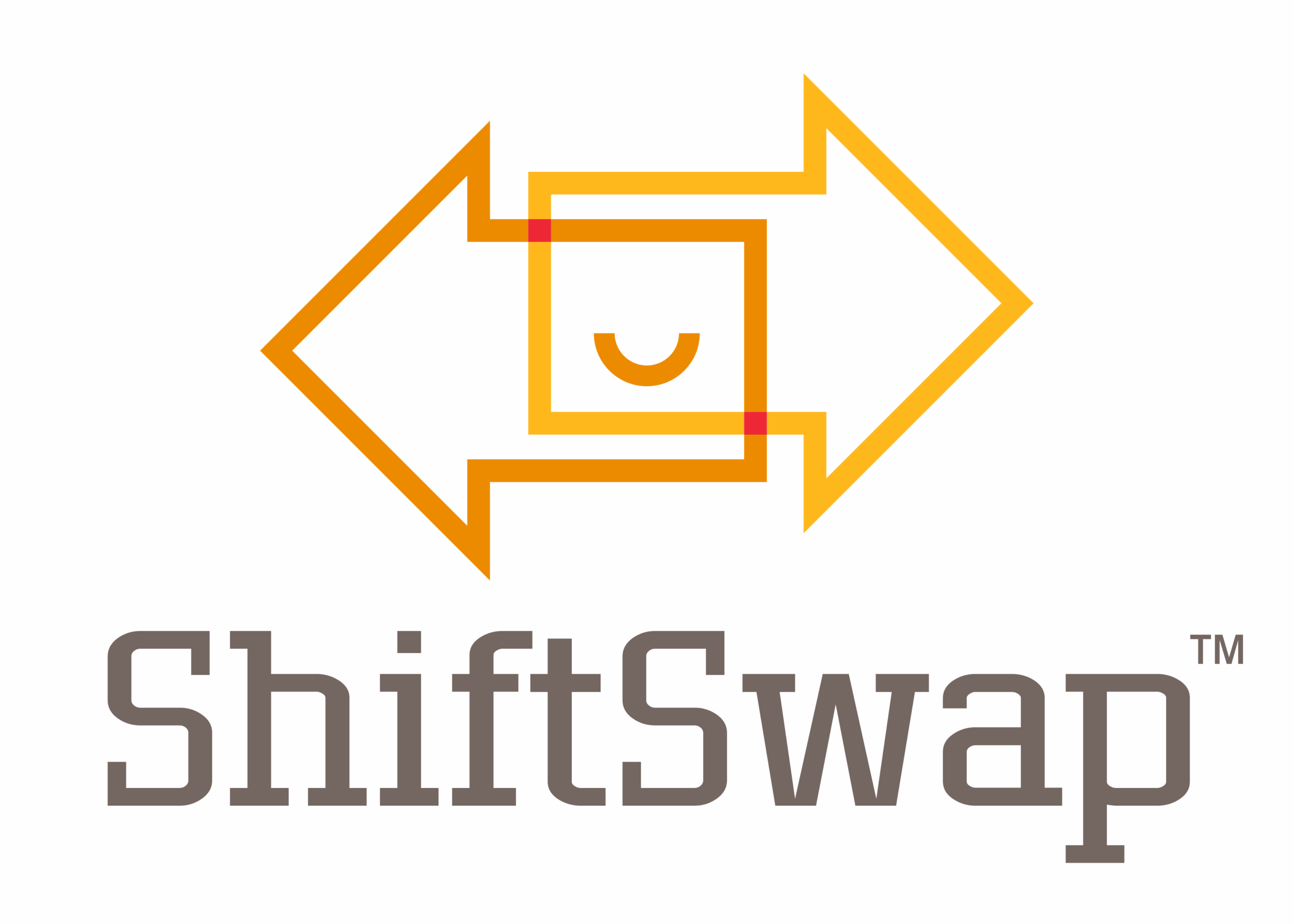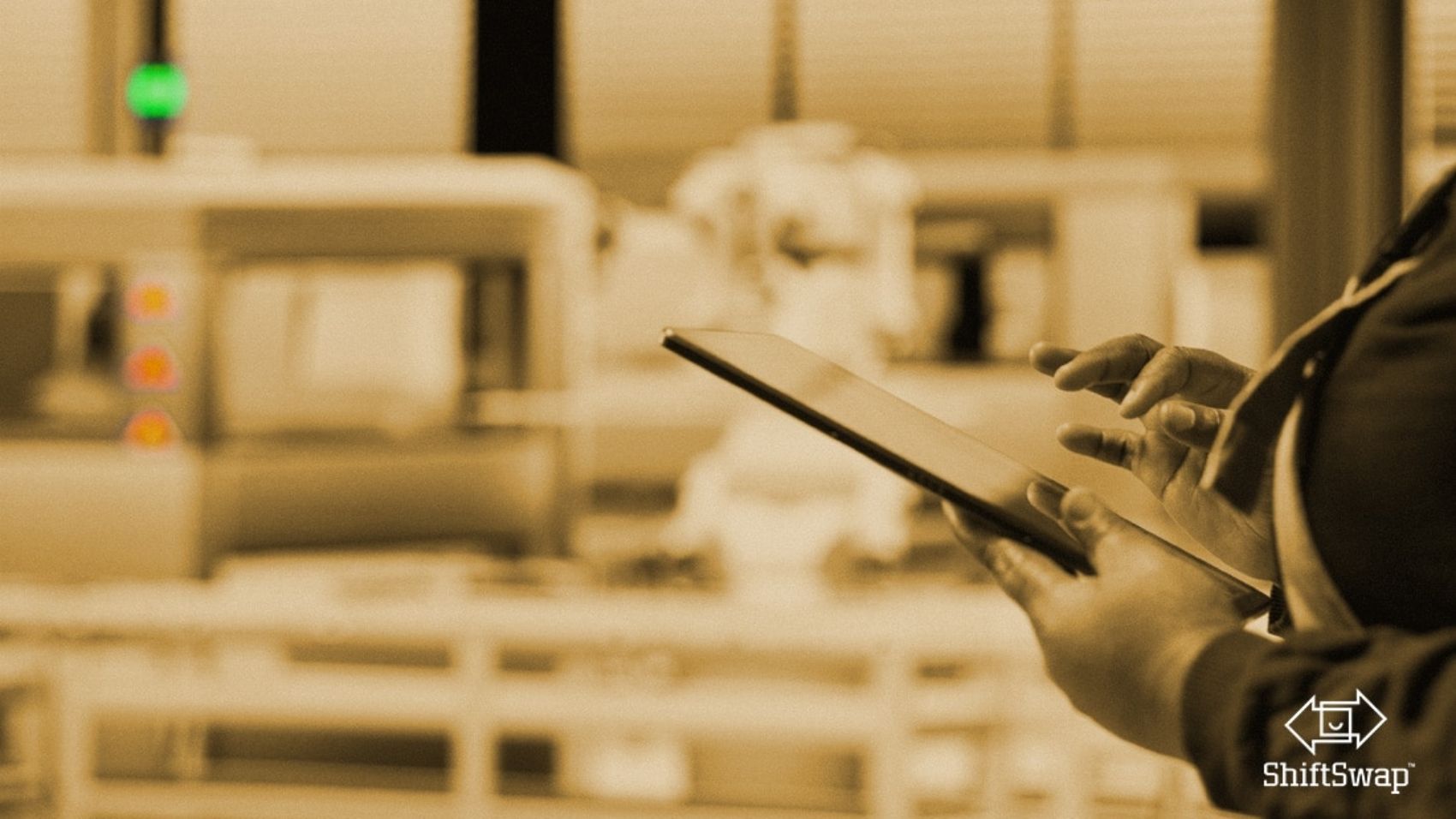Balancing Humans and Technology in the Supply Chain
As automation and artificial intelligence (AI) continue to elevate industries, the logistics and supply chain sector faces a pivotal question: how do we maintain a balance between human expertise and technological advancements?
In a recent Supply & Demand Chain Executive article, “Striking the Right Balance Between Humans and Technology in the Supply Chain,” Lindsay Bridges and Sally Miller emphasize that this isn’t just a matter of choosing people or machines. It’s about creating systems where both amplify each other’s strengths. Their message resonates strongly in today’s operations landscape, where leaders must continuously adapt to meet demand efficiently while supporting their workforce.
Finding the right balance between humans and technology in the supply chain is essential for achieving long-term growth, innovation, and ensuring employee satisfaction.
The Difference Between Technology and Innovation
A common misunderstanding among operations leaders is that simply adopting new technology equates to innovation. However, as Bridges and Miller point out, technology is merely a tool; innovation is the mindset that gives it real value.
Innovation occurs when leaders utilize technology to augment human performance, rather than replace it. In the context of balancing humans and technology in the supply chain, this means designing workflows that allow automation to handle repetitive or strenuous tasks. In contrast, humans focus on decision-making, quality assurance, and creative problem-solving.
For example, introducing automated forklifts or picking robots might increase efficiency, but the actual value comes from integrating them strategically into workflows. When supported by training and clear communication, technology can elevate human potential rather than diminish it.
Practical Ways to Balance Humans and Technology
Balancing humans and technology in the supply chain begins with recognizing the strengths of each. Technology handles consistency, speed, and precision, while humans bring adaptability, critical thinking, and empathy. The goal is to create systems that enable both to flourish together.
Here are several real-world examples of how this balance works in practice:
- Quality Control: AI and vision systems can detect many defects, but human inspectors remain essential for identifying subtle issues, like minor packaging damage or labeling errors, that machines often miss.
- Item Picking: Assisted picking robots can handle heavy lifting and long distances, alleviating physical strain. Meanwhile, humans can concentrate on managing exceptions or complex orders that require some judgment.
- Truck Trailer Unloading: Automating the challenging unloading tasks helps prevent injuries and fatigue, allowing workers to focus on more strategic aspects of the warehouse.
- Pallet Movement: Autonomous forklifts improve accuracy and safety, while former operators can be retrained to manage or optimize these systems.
Each of these examples demonstrates how balancing humans and technology in the supply chain not only improves efficiency but also makes workplaces safer and more engaging for employees.
Investing in People and Technology
Companies that invest in both their people and technology gain a notable edge over the competition. They become more adaptable, innovative, and inclusive, able to respond to changing demands while keeping a stable workforce.
By seeing technology as a tool to empower rather than replace, employers can reshape roles to leverage human strengths. For instance, automation can take care of repetitive physical tasks, allowing employees to transition into supervisory or analytical roles. The shift not only improves productivity but also boosts retention, as workers view technology as a support tool rather than a threat.
A balanced approach also offers operational flexibility. During busy seasons, facilities that use assisted picking robots or automated pallet movers can increase their output without the hassle of overhiring or retraining temporary staff. The adaptability allows companies to respond swiftly to customer needs while keeping labor costs in check.
The Role of ShiftSwap in a Balanced Workforce
Just having technology isn’t enough to ensure efficiency; it’s all about how you execute it. Even with automation in place, managing shifts, coverage, and daily labor alignment can still be a challenging task. That’s where ShiftSwap comes in, perfectly complementing the blend of humans and technology in the supply chain.
Digital flexibility strengthens the collaboration between technology and people:
- Operations teams can align staffing with demand more accurately.
- Companies reduce administrative burdens and labor costs while improving engagement.
- Workers gain more autonomy through real-time shift posting and grabs.
The result is a workforce that is motivated and engaged, key components of retention and efficiency in today’s competitive supply chain.
Managing Change Through Communication and Training
One of the biggest hurdles to balancing humans and technology in the supply chain is the resistance to change. Even the most advanced automation systems can fall flat if employees aren’t adequately trained, informed, or motivated to use them.
Successful companies communicate openly about the adoption of new technologies and how they’ll improve workflows. By involving employees early on, leaders can foster buy-in and ease any worries.
Training is just as important. Employees should understand not only how to use new tools but also why they matter. When workers see technology as a pathway to growth rather than a replacement, engagement and performance naturally increase.
ShiftSwap supports this process by making daily operations more transparent. When employees can clearly see how shifts, coverage, and communication are handled, it nurtures a sense of fairness and accountability that aligns perfectly with the broader technological shifts happening in the workplace.
Supply Chain Collaboration
Balancing humans and technology in the supply chain is an ongoing journey. As AI and automation continue to advance, the most successful organizations will be those that continually adapt, reassessing how both human and technological strengths can be effectively aligned.
Companies that build cultures of continuous improvement will discover that innovation flourishes naturally. When people and machines work in harmony, the result is a smarter, safer, and more efficient supply chain, one that can weather market changes and labor challenges alike.
ShiftSwap is here to help make that collaboration a reality. By establishing agile, fair, and transparent workforce operations, it complements technology’s efficiency with human adaptability, ensuring companies stay both productive and people-focused in the years ahead.
Conclusion
Ultimately, the key to success in the supply chain isn’t about choosing between human workers and technology; it’s about integrating them. When businesses find the right balance between innovation, training, and digital collaboration tools like ShiftSwap, they create operations that are more resilient, responsive, and prepared for the future.
Balancing humans and technology in the supply chain is the foundation of modern workforce excellence.
Start Planning for Success
Schedule a demo with ShiftSwap™ today and learn how to streamline your workforce management.

